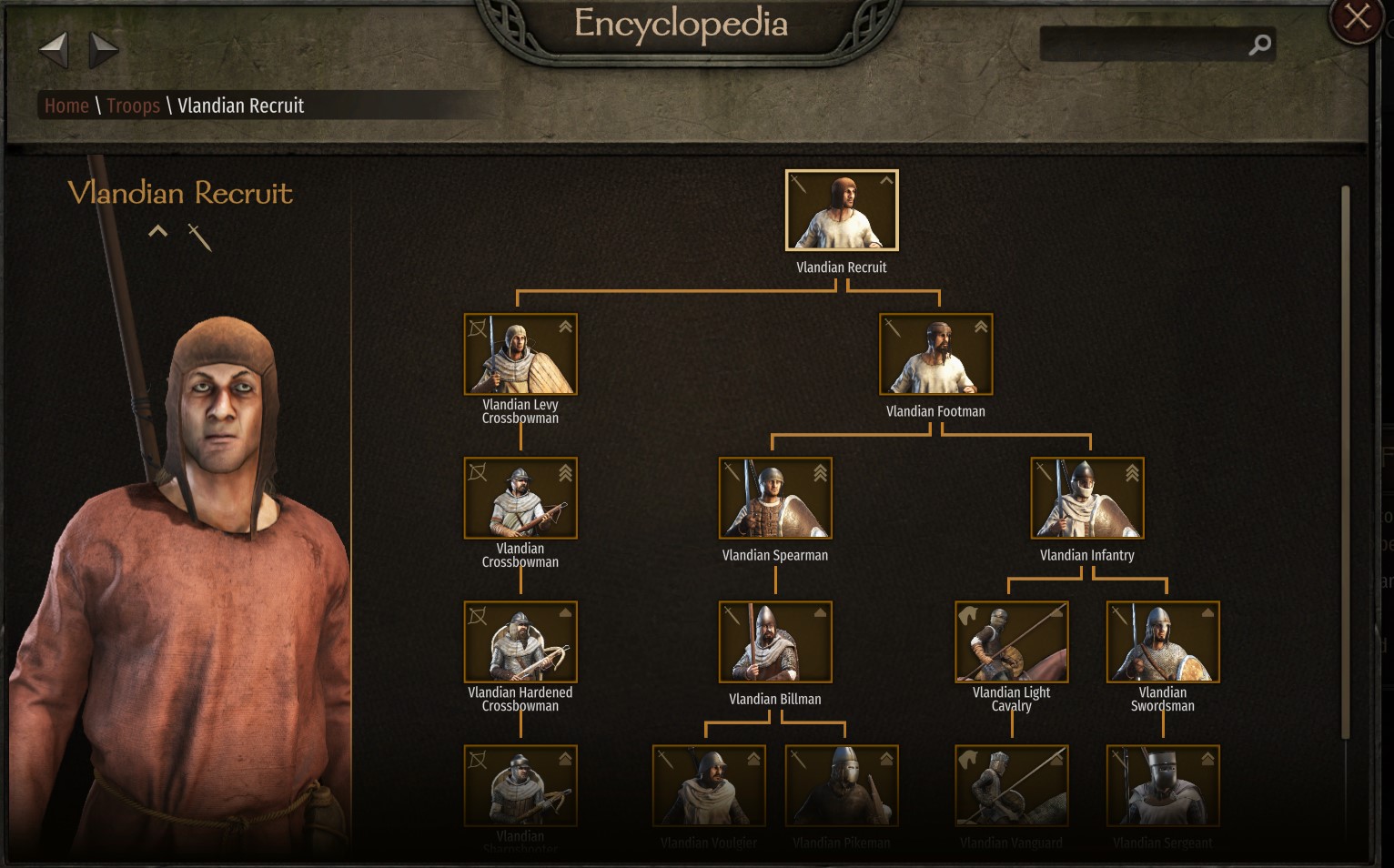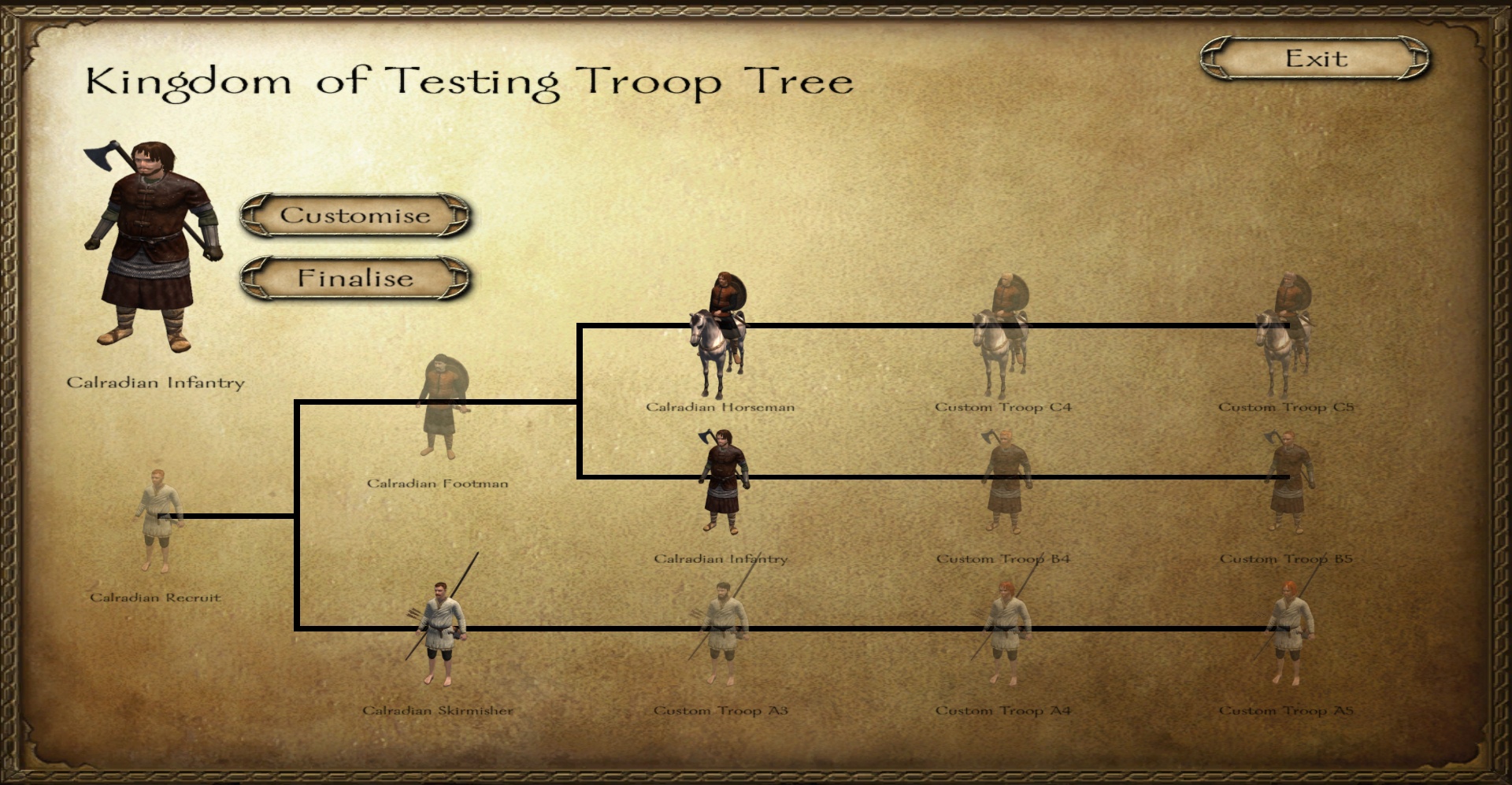Exploring The Enchantment Of Troop Trees
In the vast tapestry of nature, troop trees stand out as a fascinating phenomenon, captivating the hearts and minds of nature lovers and environmentalists alike. These unique formations, characterized by clusters of trees that grow close together, create a mini-ecosystem that supports a variety of wildlife. Understanding the significance of troop trees not only enhances our appreciation for these natural wonders but also highlights their role in maintaining ecological balance.
Troop trees are not just a visual treat; they play a critical role in the environment. They provide habitat for numerous species, contribute to soil conservation, and help regulate climate by absorbing carbon dioxide. As urbanization continues to encroach upon natural habitats, recognizing the importance of troop trees becomes crucial in our efforts to preserve the environment. This article delves into the captivating world of troop trees, revealing their mysteries and exploring their benefits.
Join us on a journey to uncover the secrets of troop trees, their ecological significance, and how they can inspire conservation efforts. We will address common questions, share interesting facts, and provide insights into how we can all contribute to the preservation of these vital natural resources. Dive in as we explore the enchanting realm of troop trees!
- Exploring Lamine Yamals Faith Is Lamine Yamal Muslim
- Lamine Yamal A Glimpse Into His Life With Wife And Child
What Are Troop Trees?
Troop trees are clusters of trees that grow in close proximity to one another, often sharing resources such as water and nutrients. This close-knit grouping can be found in various ecosystems, from dense forests to arid landscapes. The formation of troop trees is influenced by several factors, including soil conditions, climate, and the interactions between different tree species.
Why Are Troop Trees Important for Biodiversity?
One of the most significant benefits of troop trees is their contribution to biodiversity. By providing a habitat for a wide range of species, troop trees support complex food webs and ecological interactions. The dense foliage of troop trees offers shelter for birds, insects, and other wildlife, creating a thriving ecosystem.
How Do Troop Trees Contribute to Soil Health?
Troop trees play a vital role in maintaining soil health. Their root systems help prevent soil erosion, stabilize the ground, and improve soil structure. Additionally, the organic matter that falls from the trees enriches the soil, promoting healthy microbial activity and nutrient cycling.
- Unveiling The Life Of Debra Crew And Her Husband
- Nicollette Sheridans Partner A Journey Through Love And Relationships
What Are the Threats to Troop Trees?
Despite their importance, troop trees face numerous threats. Urbanization, deforestation, and climate change are among the primary challenges that jeopardize their survival. As natural habitats shrink, the delicate balance that troop trees maintain within ecosystems is disrupted, leading to a decline in biodiversity.
How Can We Protect Troop Trees?
Protecting troop trees requires collective effort and awareness. Here are some steps we can take to ensure their preservation:
- Advocate for conservation policies that protect natural habitats.
- Support reforestation efforts in areas where troop trees once thrived.
- Educate others about the importance of troop trees and their ecological role.
- Participate in local conservation initiatives that focus on tree planting and habitat restoration.
What Role Do Troop Trees Play in Climate Regulation?
Troop trees are essential in regulating climate by sequestering carbon dioxide from the atmosphere. As they grow, they absorb carbon and release oxygen, contributing to cleaner air. This process is vital in combating climate change and promoting a healthier planet.
Can Troop Trees Enhance Urban Landscapes?
In urban environments, troop trees can significantly enhance the quality of life for residents. They provide shade, improve air quality, and contribute to the aesthetic value of neighborhoods. Incorporating troop tree designs in urban planning can create green spaces that promote mental well-being and foster community engagement.
Are There Notable Examples of Troop Trees Around the World?
Yes, there are several remarkable examples of troop trees globally. Some of the most notable include:
- The Baobab Trees of Madagascar, known for their unique shapes and ecological significance.
- The Giant Sequoias in California, which form dense groves that support diverse wildlife.
- The Alder Tree Troops in the wetlands of Europe, which play a crucial role in maintaining the ecosystem.
How Can Individuals Contribute to the Conservation of Troop Trees?
Individuals can make a significant impact on the conservation of troop trees by taking small but effective steps:
- Plant native tree species in your backyard or community spaces.
- Participate in local tree-planting events and conservation workshops.
- Support organizations dedicated to forest preservation and restoration.
- Reduce your carbon footprint by adopting sustainable practices.
In conclusion, troop trees are more than just clusters of trees; they represent the interconnectedness of life on Earth. By understanding their significance and taking action to protect them, we can contribute to a healthier planet for future generations. As we continue to explore and appreciate the wonders of nature, let us champion the cause of troop trees and the vital roles they play in our ecosystems.
- Exploring The Intriguing Relationships Of Jeffrey Dean Morgan
- Exploring The Lives Of Dennis Quaids Kids

What are the troop trees in Mount and Blade II Bannerlord? Gamepur

Viking Conquest Troop Trees lockqtennis

Troop trees mount and blade warband ctgor